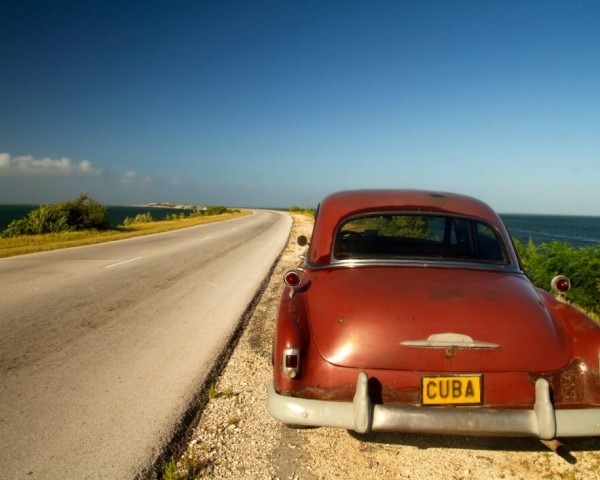Tourism in Cuba is still struggling due to low visitor numbers, U.S. sanctions, and the ongoing crisis, which negatively impacts the quality of travel services and experiences.
Cuba’s Tourism Figures
The Cuban government aims to attract 3.2 million tourists this year. However, whether this goal will be achieved is still being determined, as the pace of the first quarter suggests that it might fall short. It is worth noting that December-March is the high season.
The target of 3.2 million would be an improvement from the 2.7 million travelers in 2023. Nevertheless, it would still be far from the 4.2 million and 4.6 million in 2018 and 2019. In contrast, rival regional destinations, such as Punta Cana (Dominican Republic) and Cancun-Tulum (Mexico), are experiencing record tourist visits.
Hotel occupancy in 2023 was at 25%, highlighting the gap between official expectations and reality and the disparity between investment efforts and returns.
The construction of large new hotels with Cuban capital has generated controversy over the government’s budget priorities in a country in crisis. Basic state services have palpably deteriorated over the last four years. As a result, some argue that the government should prioritize addressing these issues rather than investing in new hotels.
The Source Markets
Cuba’s tourism industry faces a dilemma regarding its source markets. The U.S., a large economic power with a significant population just 150 kilometers away, is a natural choice. However, Washington’s sanctions restrict tourism to the country.
As a result, Cuba is looking for other options. Although Canada has been the primary source market for years, with 399,272 visitors between January and March, other European countries have experienced a decrease in visitors, especially Spain. The reasons behind this decline include the deterioration of service quality due to the crisis, particularly compared to other Caribbean destinations.
Additionally, the U.S. has included Cuba in its list of countries – sponsor of terrorism, preventing fast ESTA visas for Europeans who have previously visited the island.
Russia and Cuba, two countries hit by sanctions, have signed agreements to boost Russian tourism on the island, including health trips for workers of state-owned companies. Political closeness has reduced the geographical distance between them. In the first three months of this year, 75,386 Russians visited Cuba, twice as many as in the same period of 2023.
Air connections within the Latin American region and the Caribbean are increasing, and visitors from Argentina and Mexico have also increased recently. However, it is difficult for Cuba to compensate for the decline in other markets regarding the number of visits and revenues.
Lasting Crises
Cuba has been facing a severe crisis for the past four years due to factors such as the pandemic, tighter U.S. sanctions, and mistakes in the design and implementation of national economic policies. Unfortunately, Cuba’s tourism sector has not been spared from this situation. The scarcity of essential goods and foreign currency has led to a decline in the variety and quality of buffets in all-inclusive hotels, resulting in cafes and restaurants being left to deal with the unpredictable nature of blackouts and rental vehicles for tourists being stranded indefinitely due to a lack of fuel.
The irony is that the crisis has hurt the sector the government relies on to drive economic recovery. Only industries in Cuba, such as tourism, have the potential to generate the income and foreign exchange required by the country, whose gross domestic product (GDP) still needs to be below pre-2019 levels.












